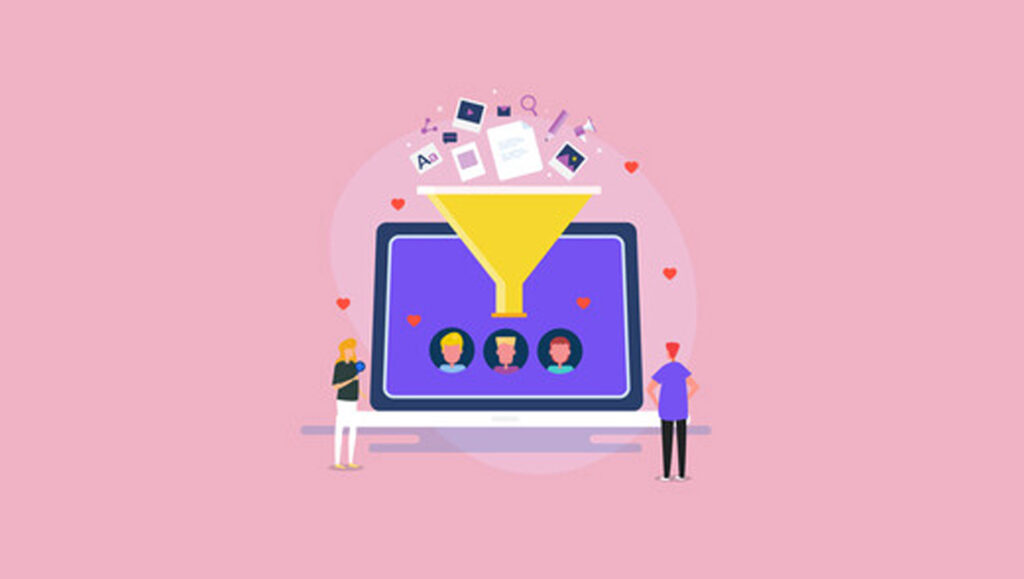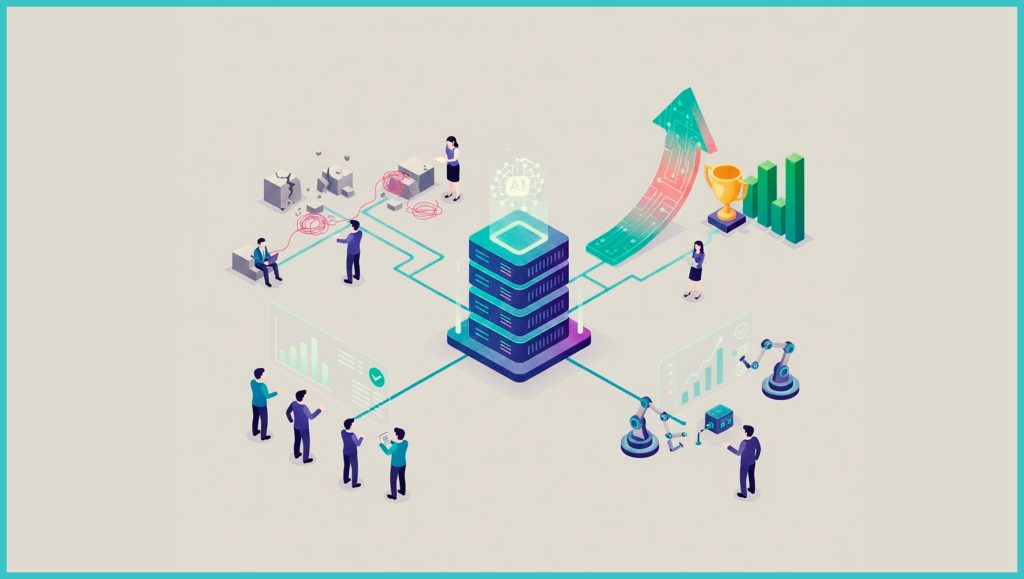Why does a deeper understanding of the typical B2B sales funnel hold significance?
Well, gauging the substance of this idea gets easier when we notice a string of recent stats in the field. Several pieces of research demonstrate that more than 70% of B2B customers spend more than half of their time online vetting a potential seller. Further, another study reveals that most B2B buyers have already decided to purchase or not before they even meet a sales rep.
The internet has changed the way clients interact with brands; it is therefore crucial to upgrade the tactics of your sales and marketing teams.
This is why B2B sales teams or associated executives need to grasp the sales funnel concept, which does nothing but help streamline your lead generation process. Let’s dig in further!
Read More: SalesTechStar Interview with Pedro Souza, Vice President of Customer Care at SmartBear
B2B Sales Funnel: What is it?
The basic notion of the B2B sales funnel is to familiarize yourself with the buyer’s thought process. It further involves capitalizing on that knowledge to carefully guide them when they are introduced to your brand to become a potential buyer.
Sales funnel theory is a brainchild of Elias St. Elmo Lewis, who owned an advertising firm around 1990. Lewis elaborated on each phase of a potential customer’s relationship with a particular business in his theory.
Cutting right to it, the B2B sales funnel shows how prospective customers transit through different stages of the buying process. Salespersons connect with them at every stage to influence them into finally purchasing.
A typical sales funnel is divided into three tiers,
- Topmost part: This is the widest part of the sales funnel, where a prospective client engages with your content through blogs, podcasts, product videos, and so on.
- Middle part: Then the funnel narrows down further, and this phase involves people who end up taking a signup action or filling some form on your website. Their contact details are automatically captured into the CRM.
- Bottom part: This narrowest part of the sales funnel includes phases the sales rep has to deal with and guide the leads through a product demo.
Once the product is purchased, the business gets a new customer, sometimes for life. According to 99Firms, over 60% of B2B buyers potentially make repeat purchases.
Read More: Perfecting The Sales Customer Experience With Data
How do you forge a B2B Sales Funnel (Four Stages)?
A salesperson needs to grasp the right time to pitch the product. Since selling too soon can be off-putting for the customer, you may lose the deal if this is done in a disturbing manner.
Further, if you don’t direct them about your product and how it solves their problem, your prospect may find your proposition obscure and random. And therefore, they exit the play.
The need is to build connections at each stage by availing support and personalized content.
1. Awareness stage of the B2B sales funnel
The awareness stage involves B2B customer’s quest for resources, data, intel, and insights crucial for solving the problem. At this point, leads are of low value, as it is not certain whether they would pursue the product your business offers or not.
Here, salespeople must focus on parsing through the problems they face, potential objections that may arise, and their thought processes. Knowing and addressing these aspects can facilitate coaxing the customer further into the other stages and deal.
2. Interest stage of the B2B sales funnel
Some visitors seep further into this second stage, where they crave more information about the product. The salesperson needs to present a positive image of the business here with a prospective client and build trust.
3. Consideration stage of the B2B sales funnel
If a client has approached this stage, it means they want a demonstration of your product to see how efficiently it settles their problem. To drive a lead into a successful buyer, a sales rep might have to present qualitative data and other positive details about the product.
4. Decision stage of the B2B sales funnel
Eventually the prospect reaches the point of deciding whether or not to purchase. Here, mutual trust between the customer and sales rep plays a critical role.
An interested customer might still show some reluctance and might demand further proof of the product’s efficacy. At this point, a salesperson has to be aware of the possible objections that might be holding the client back from closing the deal. And therefore, it is required to address them smartly.
Once the negotiation reaches its end and a customer places an order, a business must focus on customer service and customer retention. This is ensured by preserving the trust between a company and the client by providing what they agreed to.





















